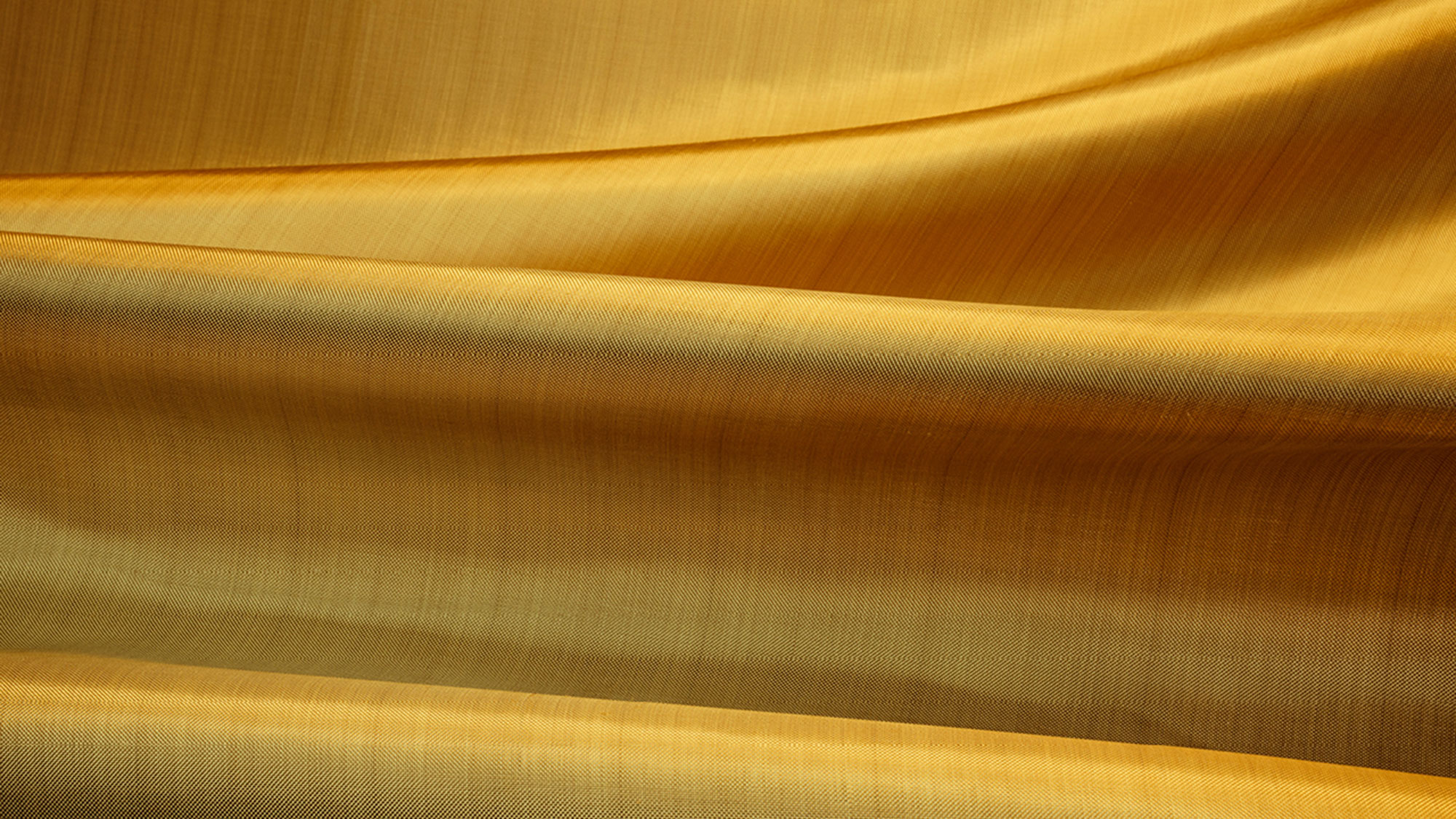

Body armor has a clear purpose: to prevent a bullet, or perhaps a shard from an explosion, from puncturing the fragile human tissue behind it. But donning it doesn’t come lightly, and its weight is measured in pounds. For example, the traditional Kevlar fabric that would go into soft body armor weighs about 1 pound per square foot, and you need more than one square foot to do the job.
But a new kind of Kevlar is coming out, and it aims to be just as resistant to projectiles as the original material, while also being thinner and lighter. It will not be tailored into a John Wick-style suit, which is the stuff of Hollywood, but DuPont, the company that makes it, says that it’s about 30 percent lighter. If the regular Kevlar has that approximate weight of 1 pound per square foot, the new stuff weighs in at about .65 or .7 pounds per square foot.
“We’ve invented a new fiber technology,” says Steven LaGanke, a global segment leader at DuPont.
Here’s what to know about how bullet-resistant material works in general, and how the new stuff is different.
A bullet-resistant layer needs to do two tasks: ensure that the bullet cannot penetrate it, and also absorb its energy—and translate that energy into the bullet itself, which ideally deforms when it hits. A layer of fabric that could catch a bullet but then acted like a loose net after it was hit by a baseball would be bad, explains Joseph Hovanec, a global technology manager at the company. “You don’t want that net to fully extend either, because now that bullet is extending into your body.”
The key is how strong the fibers are, plus the fact that “they do not elongate very far,” says Hovanec. “It’s the resistance of those fibers that will then cause the bullet—because it has such large momentum, [or] kinetic energy—to deform. So you’re actually catching it, and the energy is going into deforming the bullet versus breaking the fiber.” The bullet, he says, should “mushroom.” Here’s a simulation video.
Kevlar is a type of synthetic fiber called a para-aramid, and it’s not the only para-aramid in town: Another para-aramid that can be used in body armor is called Twaron, made by a company called Teijin Limited. Some body armor is also made out of polyethylene, a type of plastic.
The new form of Kevlar, which the company calls Kevlar EXO, is also a type of aramid fiber, although slightly different from the original Kevlar. Regular Kevlar is made up of two monomers, which is a kind of molecule, and the new kind has one more monomer, for a total of three. “That third monomer allows us to gain additional alignment of those molecules in the final fiber, which gives us the additional strength, over your traditional aramid, or Kevlar, or polyethylene,” says Hovanec.
Body armor in general needs to meet a specific standard in the US from the National Institute of Justice. The goal of the new kind of Kevlar is that because it’s stronger, it could still meet the same standard while being used in thinner quantities in body armor. For example, regular Kevlar is roughly 0.26 or .27 inches thick, and the new material could be as thin as 0.19 inches, says Hovanec. “It’s a noticeable decrease in thickness of the material.”
And the ballistic layer that’s made up of a material like Kevlar or Twaron is just one part of what goes into body armor. “There’s ballistics [protection], but then the ballistics is in a sealed carrier to protect it, and then there’s the fabric that goes over it,” says Hovanec. “When you finally see the end article, there’s a lot of additional material that goes on top of it.”
